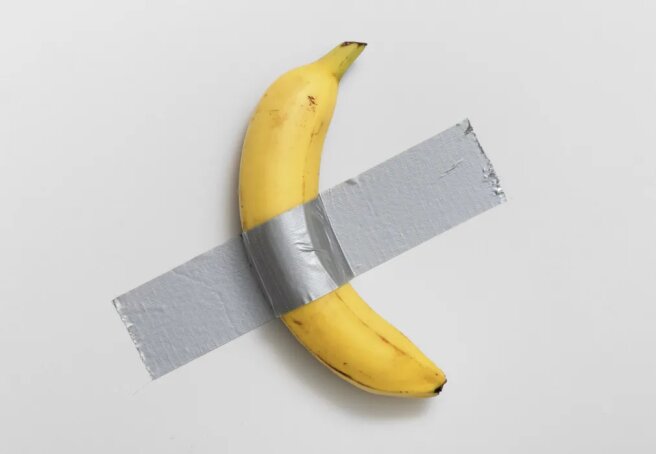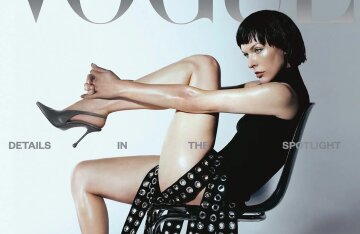Banana-shaped art object sold at Sotheby's for $6.2 million

An art object in the form of a banana taped to a wall by Maurizio Cattelan was sold for $6.2 million at a Sotheby's contemporary art auction.
The banana taped to the wall is the subject of a conceptual artwork called “The Comedian.” It was created in 2019 by renowned art prankster Maurizio Cattelan. The piece comes with a certificate of authenticity and installation instructions so owners can replace it when it rots. Five minutes of intense bidding, which started at $800,000, ended with Chinese-born crypto investor Justin Sun placing the winning bid, beating out six other competitors.
Sun commented on his purchase, saying that the banana "represents a cultural phenomenon that bridges the worlds of art, memes, and the crypto community." Watching the auction from Hong Kong, he added that he plans to eat the banana in the coming days "as part of this unique artistic experience, honoring its place in both art history and popular culture." He also predicted an increase in such purchases at auctions due to the rise of cryptocurrencies around the world following the election of Donald Trump as US president.
Cattelan's work first appeared at Art Basel Miami Beach, where Perrotin Gallery sold three versions of The Comedian for between $120,000 and $150,000 each. But the gallery eventually pulled the banana from the stand after the artist, David Datuna, ripped it off the wall and ate it. At Sotheby's, the banana was listed with an estimate of $1 million to $1.5 million, but the final price under the hammer was $5.2 million ($6.2 million with the auction house's fees), six times the original estimate.
Maurizio Cattelan said that he intended his work as a satirical joke on market speculation, asking the question: "On what basis does an object acquire value in the art system?"
Cattelan, 64, who installed a solid gold toilet in a bathroom at the Guggenheim Museum in 2016, is a frequent critic of the art market, arguing that auctions are unfair to artists, who typically don’t benefit beyond publicity. “What worries me is that after the first sale, the artist no longer benefits because the work changes hands,” he said in an interview. “The auction houses and collectors reap the benefits, and the artist who makes the object that drives the market is left behind.”



















